Modern Units Database (MUD) version 0.0.1a Uploaded
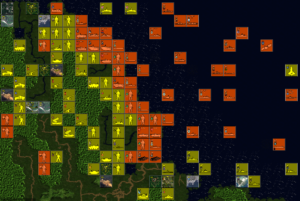 After Nine Months and 600+ hours of research, planning, development, and graphic design I give you the Modern Units Database, or MUD. It’s available on EDIBLE or by the link at the bottom of the full post.
After Nine Months and 600+ hours of research, planning, development, and graphic design I give you the Modern Units Database, or MUD. It’s available on EDIBLE or by the link at the bottom of the full post.
Have you ever wanted to replay a modern version of D-Day or wanted to play out World War III with modern technology? Now is your chance. The screenshot attached shows an amphibious assault being conducted on the shores of Brazil. This is only one of the many scenarios possible with this set.
This set is a total unit conversion and will change the way the game is played. All of the modeling is based on real-world data, tactics, and methodologies to provide as close to a real-life military strategy experience as the game mechanics allow. While it still has a long way to go before it reaches my original intent, it represents a significant milestone for my understanding of modding on EDCE. I hope others are able to enjoy it which is why I’m releasing it in alpha phase. Below are the details surrounding this set.
IMPORTANT NOTE: Caution is advised with this set. There are several known issues with this set and it can cause older machines to crash. I’ll cover the known issues first before moving into features.
Known Issues
- Crashes and Pauses. This set can cause significant loading and processing times due to the amount of data included. This set is over 10 times more complex than EDCE intended.
- AI Difficulties. While it is AI compatible, expect severe delays between turns when processing moves. At recommended map sizes, the AI has not performed effectively beyond turn 800 on local testing.
- Broken Features. This is currently an alpha release. Expect bugs and crashes with relative frequency. Some features are added but do not work due to current limitations with EDCE.
- Air Units Broken. Several known issues exist with unit morphing and unit pathing/exploration. Frequent saves are recommended.
- Long Turns. This set requires a lot of micromanagement to work correctly. There is a reason real world armies carry whole departments to manage this. If you don’t like this type of gameplay, this set is not for you.
What You Get
- Over 400k lines of code in the database file alone.
- Over 1,000 unique image files.
- 390 Unit entries across 20 categories
- This set is compatible with default AI scripts, although tailor-made AI scripts preferred
- All unit images and data are modeled after real-world counterparts of their class/type. This includes 18 unique categories with at least 8 – 10 units per category modeled. Blue prints and silhouettes are all based off real-world de-classified documents or well regarded public materials.
- Sources used for research include the de-classified military specifications, multiple Jane’s databases and literature/artwork, various UN and sub-committee data, public references from the Library of Congress, and other common sources for military and economic data. All sources are from de-classified material or public domain.
Summary of MUD
Here are the main game play features added to the game with this set.
- Asynchronous Warfare. Modern and well-funded militaries use vastly different strategies than poorly funded and marginally equipped ones. You can experience both versions in this set. Not all units are created equal and you will have to learn what works with time.
- Standardized Distances. Distance modeling has been standardized to a 40km2/square. This includes fire support effectiveness, range, speed, and other factors as the limits of game mechanics allow.
- Standardized Time. If using the standard tile size, each turn is the equivalent of roughly four hours of real-life time. For example, that means aircraft fly the same tile distance in one turn as they would in four hours in real-life. This also impacts the maximum ferry range of some units.
- Military Budgets. Unit costs mirror their real-world maintenance costs. At the start of the game, 1 buy point is equal to approximately $100k of your military budget. Costs per unit are based on publically released maintenance costs or approximations done by analysts.
- Production and GDP. Production values are based on real-world GDP per hour. As of 4Q 2019 world GDP report, 1 unit of production is approximately $41k, or $163k every four hours. This means some units cannot be produced during a standard game session and will have to be bought in advance.
- War Economy. War economies focus on immediate needs over peacetime military production which is based on prevention. This set models this by emphasizing certain units over others. Some units are cheaper to buy at the start of the game while others are cheaper to produce during game time.
- Mobile Warfare. The game emphasizes the importance of recon, C&C, and terrain/urban warfare. Direct assaults without overwhelming force can be costly while mechanized forces will have strategic advantages over immobile units
- Stealth and electronic warfare. Recon plays a critical part of the game. Some units are invisible to all but a handful of recon units. Likewise, some units are purpose built to destroy these recon forces.
- Logistics and Supply Lines. With larger maps and longer wars, managing constant supply lines means the difference between victory and defeat. Roads and logistical units have a larger purpose than in the vanilla versions of EDCE.
- Attrition and Supporting Fire. The set emphasizes supporting fire and attrition warfare. Directly attacking a unit will often meet with defeat, especially when they can see you. Plan your attacks accordingly.
- 3D Warfare. Units capable of modifying their altitude or depth can now move along a Z-axis along with their traditional 2D capabilities. Units have an preferred altitude/depth where they operate best so plan accordingly.
Overview of Unit Categories
Below is a list of the main unit categories and their basic function.
- Infantry. These are the most versatile and cheapest units in the game. These are the primary units you will build throughout the game. Paramilitary (police) forces are essential to population control.
- Vehicles. These are the logistical mainstays of your army. You can do without them, but an enemy who can outflank you will have a significant advantage over you.
- Armor. Armored vehicles are more expensive but are able to hold their own against enemy attacks. They are the most versatile of the vehicle groups, including the primary engineering units of the game.
- Tanks. These vehicles are meant for offensive actions and are essential to finding breakthroughs in enemy lines. They are expensive and hard to destroy, but perform poorly in urban areas.
- Artillery. Artillery units are meant to support other units in a defensive posture. Some units have longer range and offer offensive capabilities as well.
- Helicopters. The most versatile air unit. They cover the spectrum of supporting capabilities from direct ground support to recon.
- Aviation Aircraft. This category is made up of mostly converted civilian aircraft and as such is less capable than their military counterparts. The one exception is the VTOL category. These aircraft are the cheapest air options available.
- Support Aircraft. This category includes your logistical aircraft. They are the fastest transports and recon units in the game.
- Fighter Aircraft. All of the aircraft in this category are meant for anti-air roles. Some have ground attack capability but the main focus is on denying other air units the use of air space.
- Bomber Aircraft. Aircraft that have a primary role for attacking ground-based forces will be in this category. Some multi-role fighters that are configured specifically for ground attack will also be in this category.
- Brown Water. Boats that are meant for close shore or river work will be in this category. They are the most common set of units produced during the game due to their relatively cheap and purpose-built nature. The primary need is to cross rivers.
- Green Water. Sometimes known as the littoral class of vessels, these are used primarily for shoreline defense. The focus is on cheap anti-shipping and anti-air capabilities as well as recon.
- Blue Water. A true deep-water navy will use ships primarily in the blue water category. These ships are used for long distance bulk travel. This is the first group capable of offensive naval action.
- Capital Ships. The largest and best armored ships of any navy. They are usually cost prohibitive unless built prior to the breakout of war. Their expense and vulnerabilities typically see them limited in action. That said, their presence can completely dominate a portion of the sea if you do not counter them effectively.
- Carriers. These are the unit carriers of the seas. They are primarily known for their ability to carry and launch aircraft, although some act as support vessels for other purposes. Carriers, like capital ships, are usually cost prohibitive, but they offer a tactical option that is critical to most naval engagements.
- Submarines. Cost prohibitive to all but the most dedicated navies, these are the silent killers of the sea. Their ability to effectively disappear means your enemy will have to dedicate serious resources to countering you or face total annihilation of their surface navy.
- Missiles. These are a category of one-use weapons and vary in price. Nuclear and Biological weapons are included in this category. Missiles can be very potent when used properly, making them a very cost-effective deterrent in most cases.
- Satellites. These are the orbital launched weapons and spy hardware of the game. They operate in their own world for the most part, and can make or break your game strategy depending on how they are used. Modern militaries will need to rely on this battle space for success.
- Structures. Various structures are used to support units. The ability to cluster 20 artillery pieces in a single tile or setting up an air station on a remote atoll can change the nature of the game. That doesn’t even talk about ambush points which can wipe out an offense before it even starts.
- AI Units. These are the same as their original counterparts but tailored specifically to be used by the default AI. For a true MUD experience, a human player should avoid making these units and leave them only for the AI player.

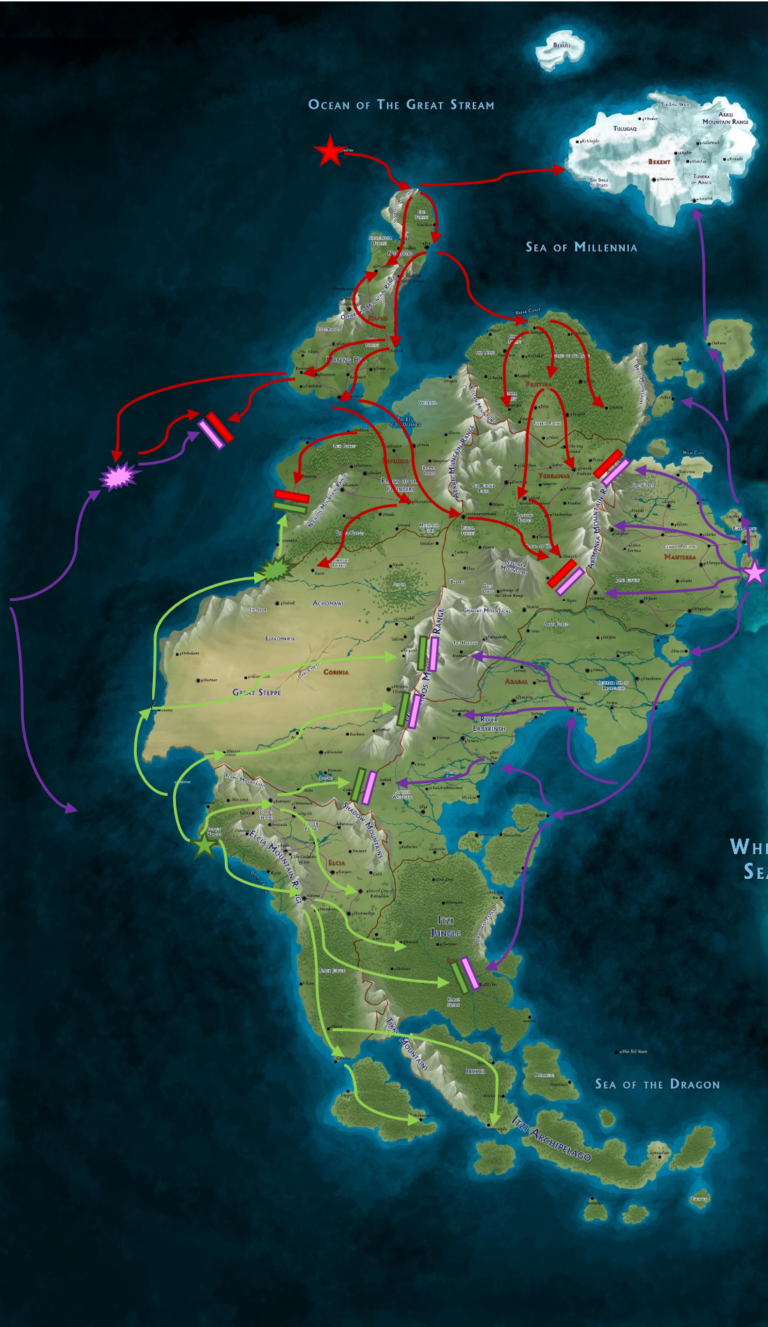
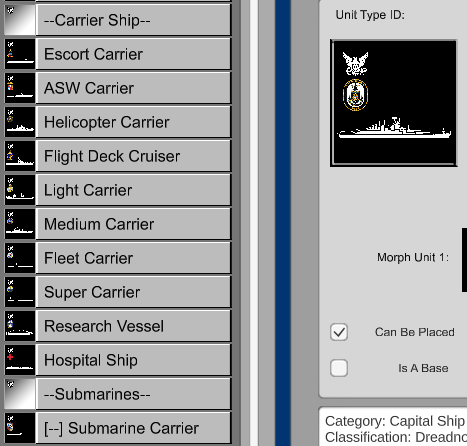
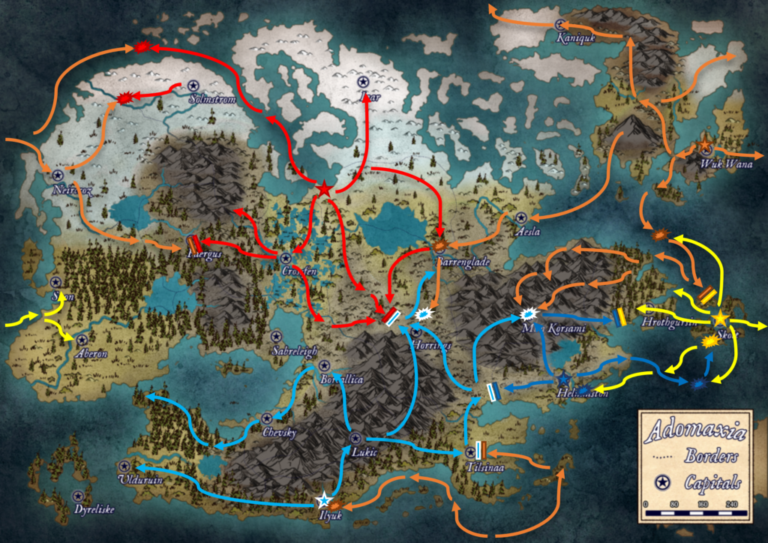
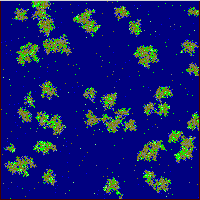

3 Comments